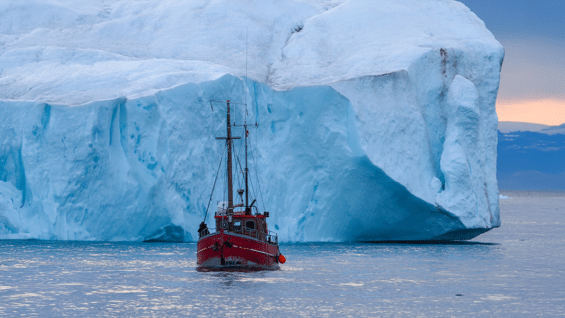Governance recommendations for Estonia
In Saaremaa’s red algae processing industry, the valorisation of by-products remains largely untapped. This is partly due to the limited scale of current operations and a lack of widespread expertise. Moreover, challenges in the broader blue bioeconomy sector, including fragmented governance, regulatory complexities, and insufficient communication among stakeholders, further influence the conditions for valorising red algae. A significant shift in public perception is necessary to recognise the sea’s potential for sustainable economic activities. Improved maritime spatial planning is also needed to include macroalgae cultivation, advocating for better recognition, representation, and exploration of co-location opportunities to support this emerging sector’s development sustainably.
Collaborative efforts between commercial actors, research institutions and policy makers are crucial, yet such work would benefit from a coordinated, long-term strategy for the sustainable development of Saaremaa’s blue bioeconomy. Still, there is a need to develop and communicate focused strategies on sustainable practices, market expansion, and infrastructure development. Creating legitimacy for red algae valorisation involves societal acceptance and regulatory compliance. The Estonian legal framework presents challenges for new ventures due to its complexity related to marine spatial planning, environmental and planning permits. Development of the sector is also hindered by resource mobilisation issues such as skilled labour shortages, funding gaps and the absence of infrastructure for pilot production.
For market formation, supportive policies and financial mechanisms are critical to stimulate sustainable growth in the red algae industry. Entrepreneurial experimentation offers opportunities for innovative commercial applications of red algae and its byproducts. Overcoming regulatory and governance challenges is essential to foster entrepreneurial activities and innovation in the blue bioeconomy. Addressing these challenges is thus key for Saaremaa to fully capitalise on its unique maritime resources and enhance its position in the global blue bioeconomy.
Key Takeaways:
• Innovative potential yet to be fully explored: Saaremaa has established knowledge and active R&D in red algae processing, but there’s significant
potential for diversifying its applications beyond traditional uses.
• Challenges in governance and strategic planning: The region lacks structured communication forums dedicated specifically to blue bioresource valorisation and the national governance of blue bioeconomy is fragmented, which complicates the development of a coherent blue bioeconomy strategy.
• Opportunities for entrepreneurial experimentation: Despite challenges, there are clear opportunities for innovation in the valorisation of red algae, requiring
collaboration, resource mobilisation, and supportive policies to foster market development and new commercial ventures.
• Need for enhanced collaboration and societal engagement: Building broader societal acceptance and understanding of the blue bioeconomy’s potential, especially for sustainable marine resource utilisation, is crucial. This involves fostering stronger partnerships between industry, academia, and the community to drive innovation and ensure compliance with sustainable practices.




